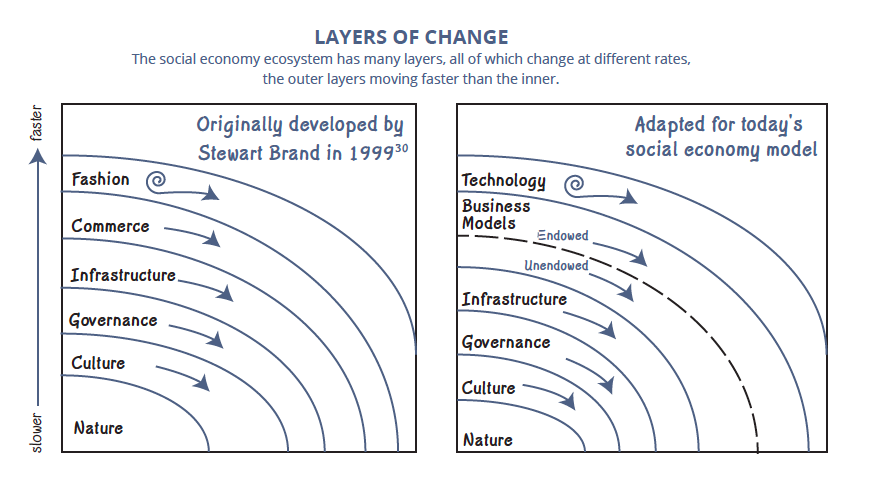Collaboration in content is still hard, disjointed and not very scientific. An ideal scenario would balance the art and science of content, supporting the creative to nestle out the best work. Too much content is unseen, unconsumed and has the work gone to waste. Effective collaboration helps solve this.
The problem is data-driven collaboration is missing from all processes.
At the moment, data is largely not involved in the collaboration process. At best some data or insight is shared in a creative brief but then it falls off. However data has an important role at each step.
Briefing -> Creation -> Review -> Improving content
Briefing should involve data from your content blueprint, the findings or playbook that has helped create your best content.
Creation, data should help inform topics, content types, length, tone, product integration.
Review, data should help identify IS this likely to be received by my audience, will it work.
Improving content, data should surface where and what to improve.
Today this is ALL largely absent from any process. For those where it exists it is ad-hoc.
Slack has maybe not been our savior
Despite the ability to communicate more effectively, it can lead to the wrong types of feedback or a constant state of unmet expectations on feedback. Because it is so easy to say, can you check this out. I’ve shared a link can you review it.
As Kevin Kwok says in Arc of Collaboration, Slack has become the 911 of communication, if you don’t have a process, it goes in Slack.
Even worse it prompts an immediate response, when really a proper round of feedback should be done in a setting which is conducive to the best feedback. Otherwise it can just lead to more fruitless revisions.
It needs a better process.
Collaboration in content needs its own language because there are different types of collaboration.
The different layers to collaboration and feedback are:
- Real-time, more dynamic, real-time can vary in context and organization but on the ground, tactical changes.
- Hand-over (or hand up), a more formal handover, when it gets dropped in a file or presentation.
- Strategy, when you are getting cross organizational alignment on how content fits within the objectives.
And the actors are freelancers, internal team, and management.
Note: Freelancers are a bit of a kink in the collaboration process. It’s not their fault, but you have talented external folks providing input, often without a full view of the collaboration layers. Or the data that informs decisions.
Stewart Brand has this decision lens called pace layers, which describes the different pace of change. Imagine a building, slow change is say the building, faster change is the rug in the lounge, in between is the paint on the walls. It’s a useful framework for thinking about how change occurs.

In our example you would have the overarching strategy as moving at a slower pace, as compared to the content strategy as compared to the content creation. Each moves, but moves at its own pace.
With collaboration you need to ensure all of these line up at any point in time.
Data could help bring it all together
The data feedback loop to change is one we are focused on:
- See data, optimize traffic or content focus
- Take campaign data and improve for next quarter/annual
- Continuous improvement
At each of these, it takes someone analyzing the data who has an idea of the content, to then make recommendations, which become the playbook, which is then used to inform new content. But also as the basis to go and improve old content.
So what does a solution look like? I think it stems from the data, the data has to feed into the process. The data should help be the instigator.
What we’re looking at is how can we create collaboration directly from the data, where a user can tag a colleague or send them a comment, hey this isn’t working, can we improve it. Or this is working, we should use this as our reference. What do you think?

|
|---|

